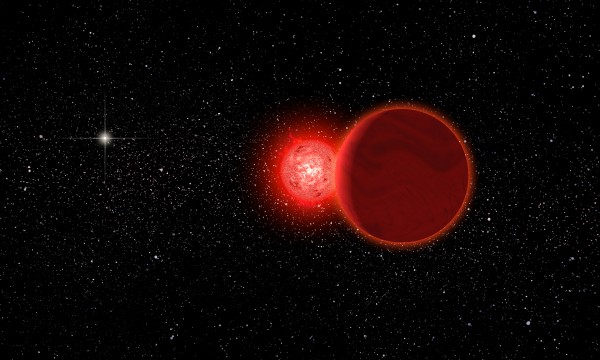You are using an out of date browser. It may not display this or other websites correctly.
You should upgrade or use an alternative browser.
You should upgrade or use an alternative browser.
Roaming star system a near miss!
- Thread starter Archean
- Start date
Similar threads
- Replies
- 2
- Views
- 168
- Replies
- 2
- Views
- 311
Latest posts
-
AMD Radeon RX 9070 XT vs. Nvidia GeForce RTX 5070
- hahahanoobs replied
-
Lidar is great for cars, but it can permanently damage cameras
- QuaZulu replied
-
TechSpot is dedicated to computer enthusiasts and power users.
Ask a question and give support.
Join the community here, it only takes a minute.
